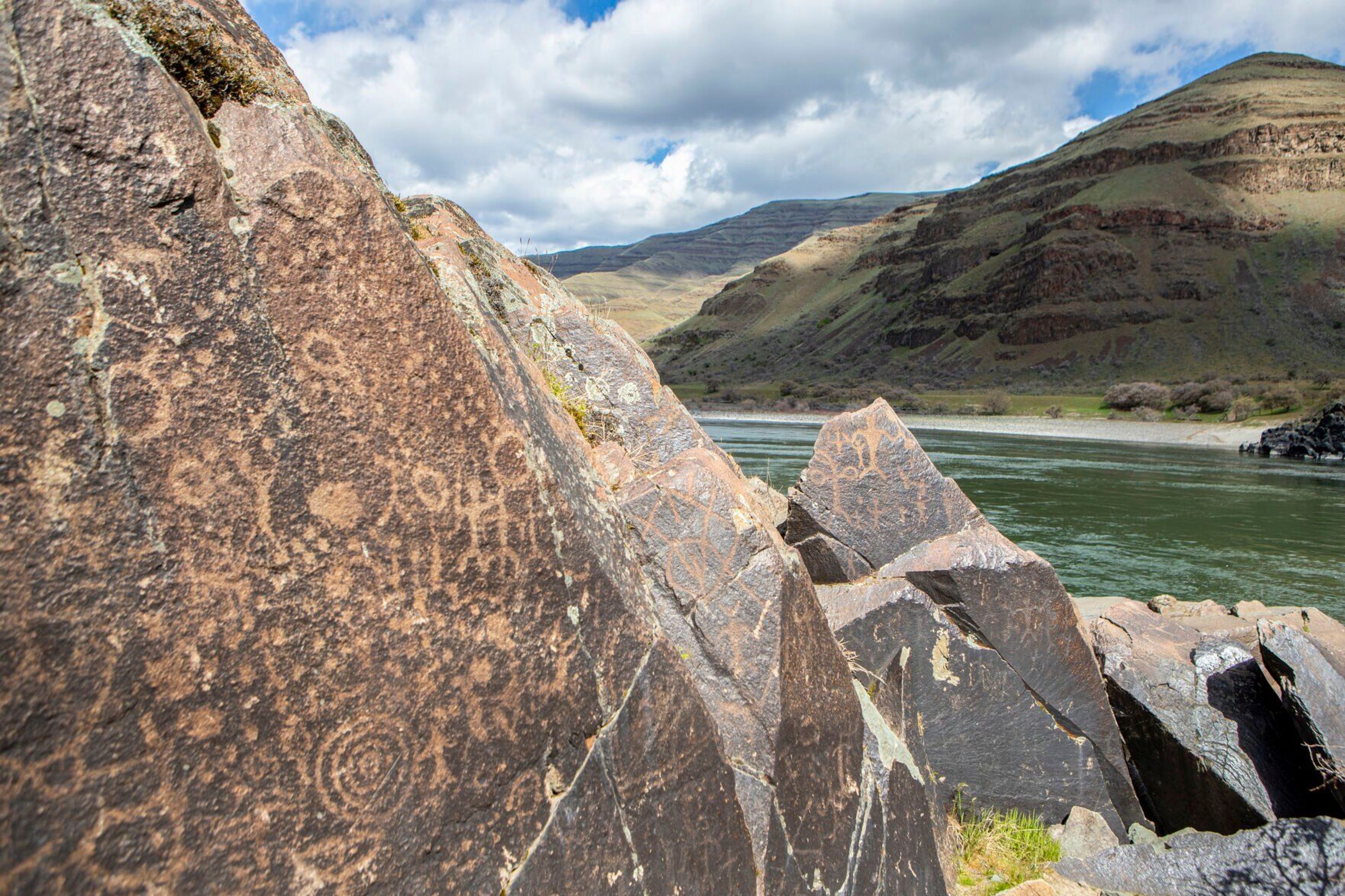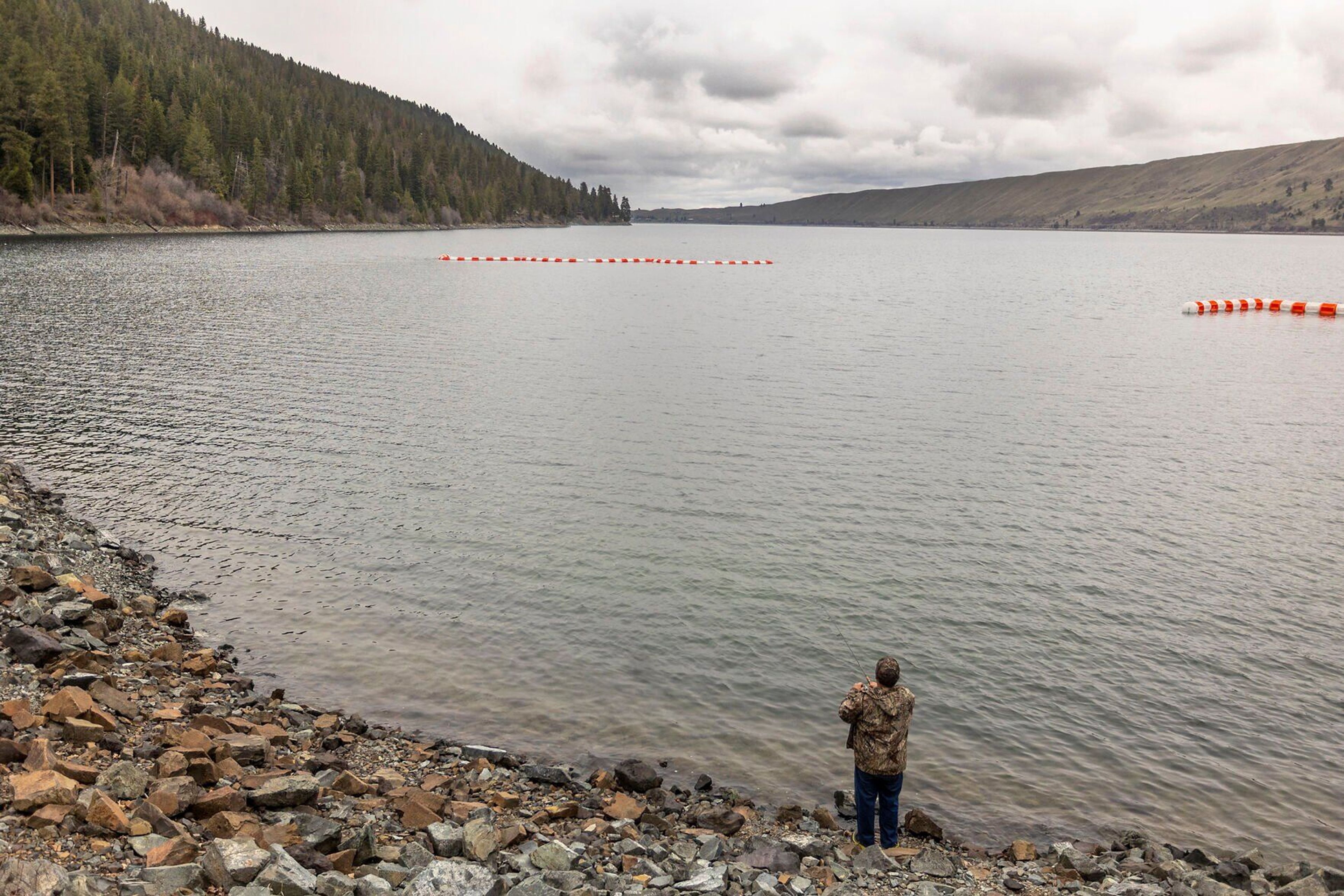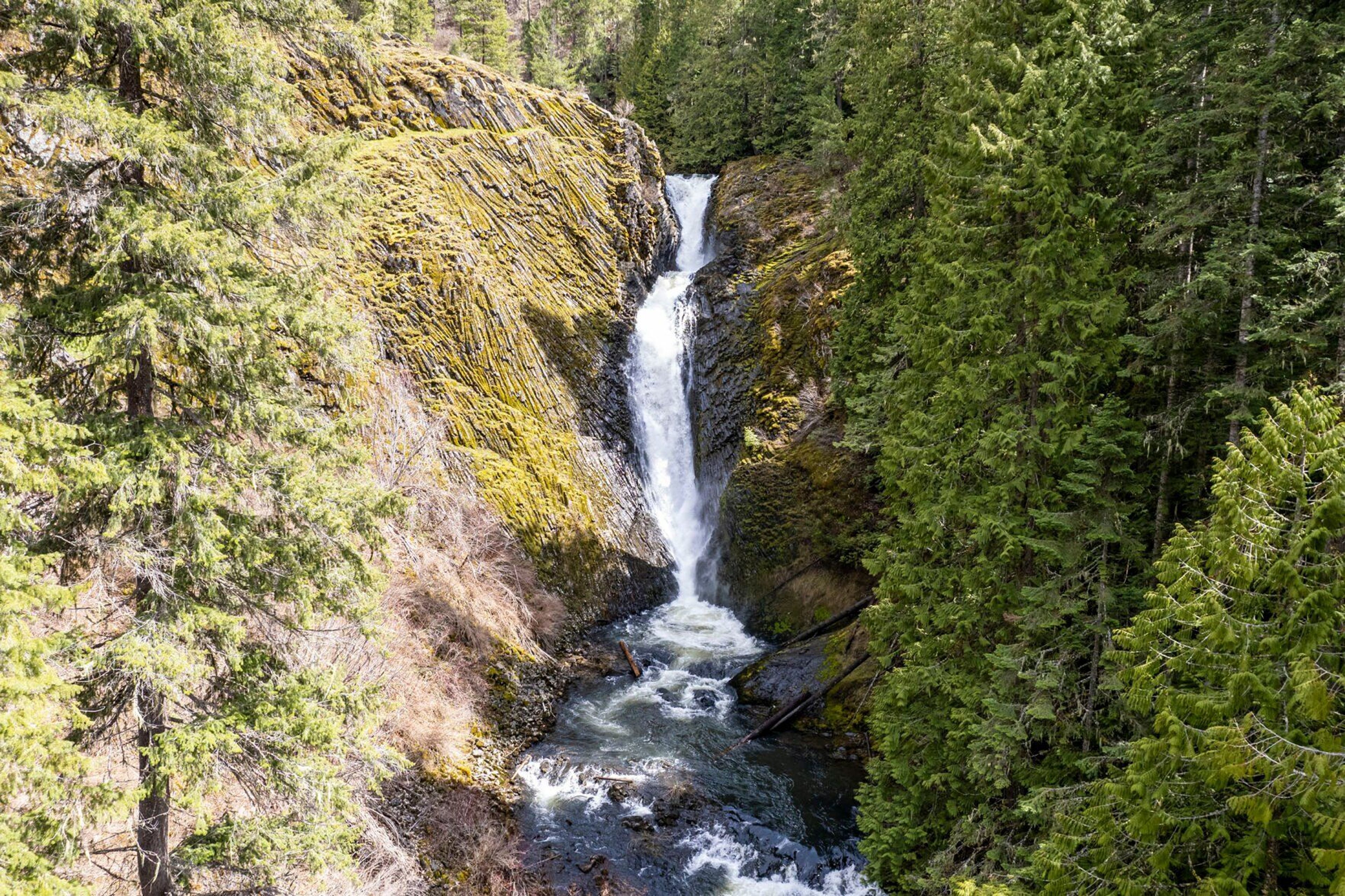EPA report: Dams play large role in raising water temperatures
Study issued Tuesday looks at causes of warming water on Snake and Columbia rivers
The Environmental Protection Agency issued a report Tuesday detailing summertime water temperature problems on the lower Snake and Columbia rivers and assigning significant responsibility to federal dams.
The report said dams on both rivers play a role in raising water temperatures above 68 degrees — the state water quality standards of Washington and Oregon, and the point at which the water becomes harmful to salmon and steelhead. The causes of the increasing water temperatures are known as Total Maximum Daily Load, or TMDL.
But federal authors also noted the Snake River often exceeds temperature standards before it enters Washington from Idaho, as does the Columbia River when it enters the state from Canada.
The report, which is being released for public comment, is likely to play a role in the long-simmering debate over the role dams play in the decline of threatened and endangered Snake River salmon and steelhead. In addition to being a source of mortality to juvenile fish during their migration to the Pacific Ocean, the dams can also harm returning adults. By slowing the flow and increasing the surface area exposed to the sun, the dams cause the Snake River to increase as much as 5.7 degrees, according to the report.
Temperatures higher than 68 degrees can cause adult fish to stall during their return from the ocean and in some cases, such as 2015 when the rivers warmed into the 70s and stayed there for weeks, it can lead to significant mortality. That year, much of the Columbia and Snake river sockeye runs were wiped out by hot water.
Other sources of heating identified by the report include water entering from tributaries; regulated discharges, known as point sources, from things like factories or municipal wastewater treatment plants; and from increased air temperatures attributed to climate change.
But the dams play an outsized role.
“EPA’s analysis of the cumulative nonpoint source heat loading from dam impoundments shows that the dam impoundments have a greater temperature impact than point sources and tributaries,” according to the report.
Environmental groups hailed the report Tuesday as a needed step toward lowering temperatures and improving conditions for salmon and steelhead. Following the 2015 heat event that hammered sockeye, a coalition of groups including Columbia Riverkeeper, Snake River Waterkeeper and Idaho Rivers United went to court to force the EPA to finish writing the report that had been stalled for nearly two decades.
“We are pleased that it’s done and identifies the hot water problems on the Columbia and Snake rivers,” said Brett VandenHeuvel, executive director of Columbia Riverkeeper.
The document is not prescriptive and it will largely be up to the states to determine how water quality problems identified in the report should be addressed. VandenHeuvel said breaching the four lower Snake River dams would help meet water quality standards as well as boost salmon and steelhead.
“The water temperatures in the Snake are so hot in the summer that I think dam removal is the best way to restore salmon and provide water cool enough for their survival,” he said.
That type of prescription or calls for more water to be spilled at dams troubles Kurt Miller, executive director of Northwest River Partners. Given that the Snake and Columbia rivers are often overheated when they enter Washington, he would like regulators in Oregon and Washington to reexamine their water quality standards.
“The states may have established water quality standards that are unattainable even if the lower Snake and mid-Columbia river dams were not in place,” he said. “It would be unfair to penalize the communities that rely on hydropower for river temperatures way beyond their control.”
The report will be available for public review and comment at www.epa.gov/columbiariver through July 21.
Eric Barker may be contacted at ebarker@lmtribune.com or at (208) 848-2273. Follow him on Twitter @ezebarker.







